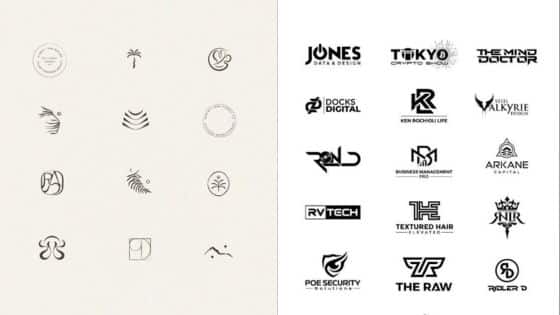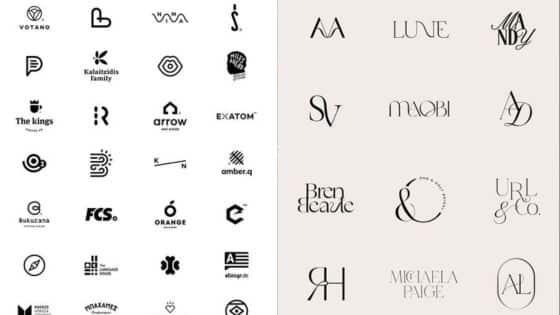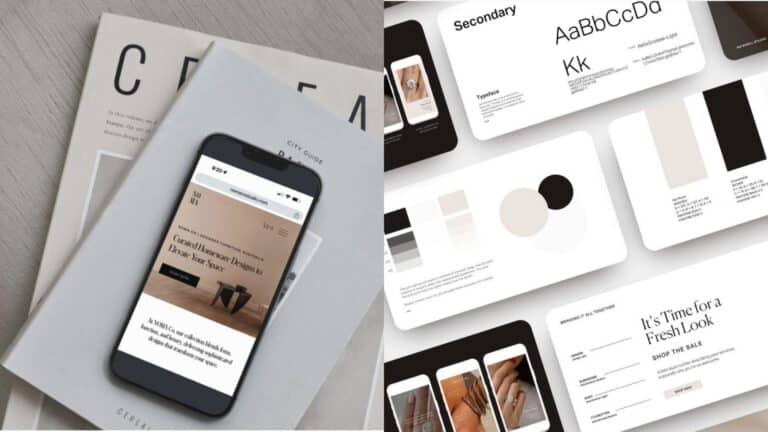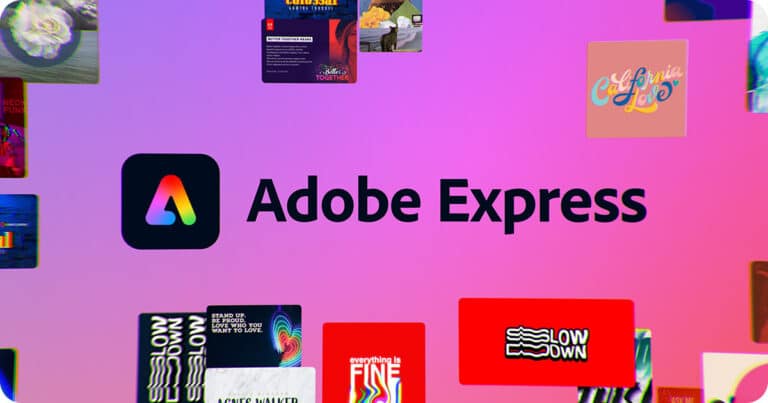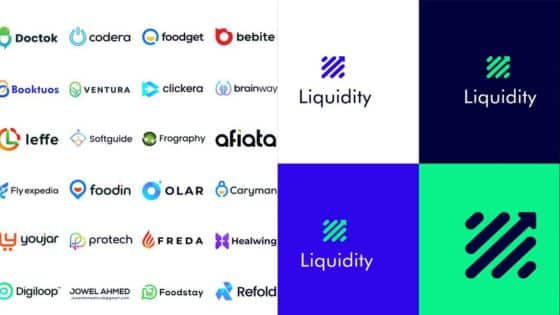A fashion logo serves as the visual foundation of your brand identity, communicating your style, target audience, and market position in a single glance. Whether you’re launching a luxury boutique or a streetwear brand, your logo becomes the face of your business across all touchpoints.
The right fashion logo combines strategic design elements like typography, color, and imagery to create an instantly recognizable symbol that resonates with your ideal customers. Your logo choice directly impacts how consumers perceive your brand’s quality, price point, and aesthetic direction.
Understanding the core principles of fashion logo design will help you create a mark that not only looks professional but also supports your business goals. From minimalist monograms for high-end brands to bold graphics for youth-focused labels, your logo needs to align with your brand strategy and market positioning.
Key Takeaways
- Fashion logos communicate brand identity, style, and target market through visual design elements
- Strategic use of typography, color, and imagery creates recognition and influences customer perception
- Successful fashion logos align with business goals and can be implemented across all brand touchpoints
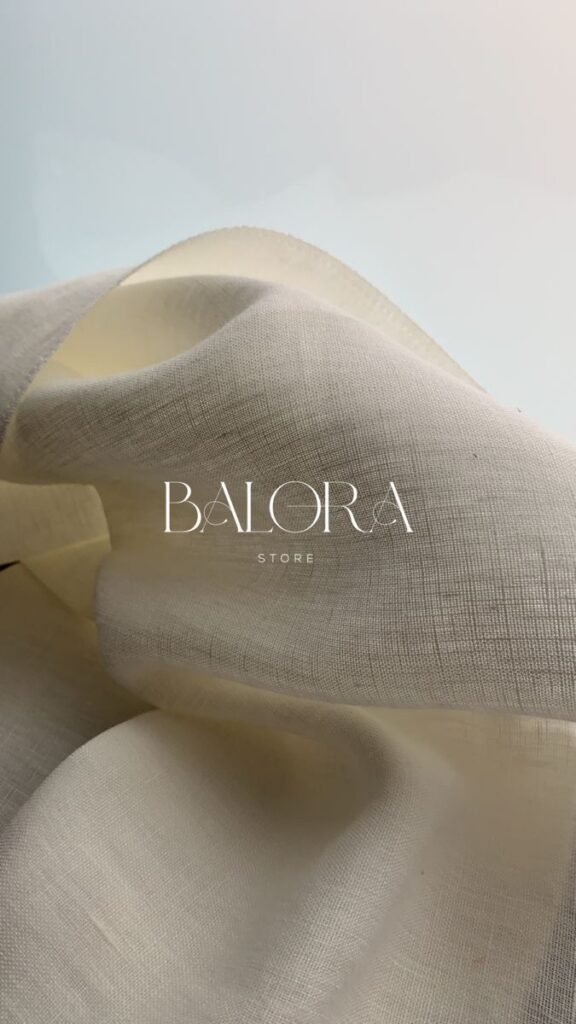
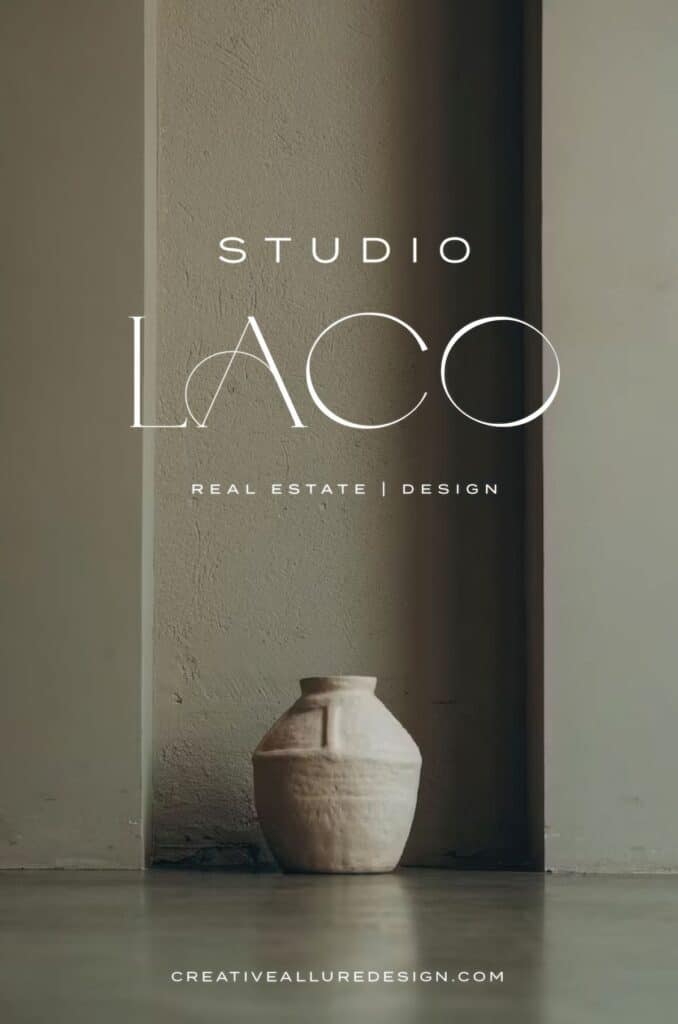
What Is a Fashion Logo?
A fashion logo is a visual symbol that represents a fashion brand’s identity and communicates its values to consumers. These logos serve as the primary branding element that distinguishes one fashion business from another in the competitive marketplace.
Purpose and Importance of Fashion Logos
Fashion logos serve as the cornerstone of brand recognition in the fashion industry. They create instant visual connections between consumers and your fashion brand.
Your fashion logo functions as a quality indicator for customers. When people see recognizable logos like those from luxury brands, they immediately associate them with specific standards and price points.
Brand differentiation becomes crucial in crowded fashion markets. Your logo helps separate your fashion business from competitors by creating a unique visual identity that customers remember.
Fashion logos also build emotional connections with target audiences. The design elements you choose communicate your brand’s personality, whether it’s elegant, edgy, or accessible.
Your logo appears across all touchpoints – from clothing tags to storefronts to social media. This consistent presence reinforces brand memory and encourages repeat purchases.
Differences Between Fashion Logos and Other Logo Types
Fashion logos prioritize aesthetic appeal over functionality more than other industries. Your fashion logo design must reflect current design trends while maintaining timeless qualities.
Typography plays a more significant role in fashion branding. Many successful fashion brands use custom lettering or distinctive fonts as their primary logo elements rather than symbols or icons.
Luxury positioning heavily influences fashion logo design. High-end fashion brands typically use minimalist, sophisticated designs that convey exclusivity and premium quality.
Fashion logos must work effectively on various materials and surfaces. Your design needs to look good on fabric labels, leather goods, and digital platforms equally well.
The target audience for fashion logos is often more design-conscious than other industries. Your logo must appeal to consumers who value visual aesthetics and style trends.
Common Elements of Fashion Logos
Typography-based designs dominate fashion logo design. Many successful fashion brands use wordmarks featuring custom lettering or carefully selected fonts as their primary branding element.
Color choices in fashion logos often reflect brand positioning. Black and white combinations suggest luxury and sophistication, while bold colors can indicate youth-oriented or accessible brands.
Minimalist design approaches appear frequently in fashion branding. Clean, simple designs tend to age better and work across different applications from tiny clothing tags to large storefront signs.
Monogram-style logos remain popular in fashion. These designs combine initials or abbreviated brand names into cohesive symbols that can stand alone or accompany full brand names.
Fashion logos often incorporate subtle design elements that reference the industry. These might include needle and thread motifs, fabric textures, or geometric patterns that suggest clothing construction.
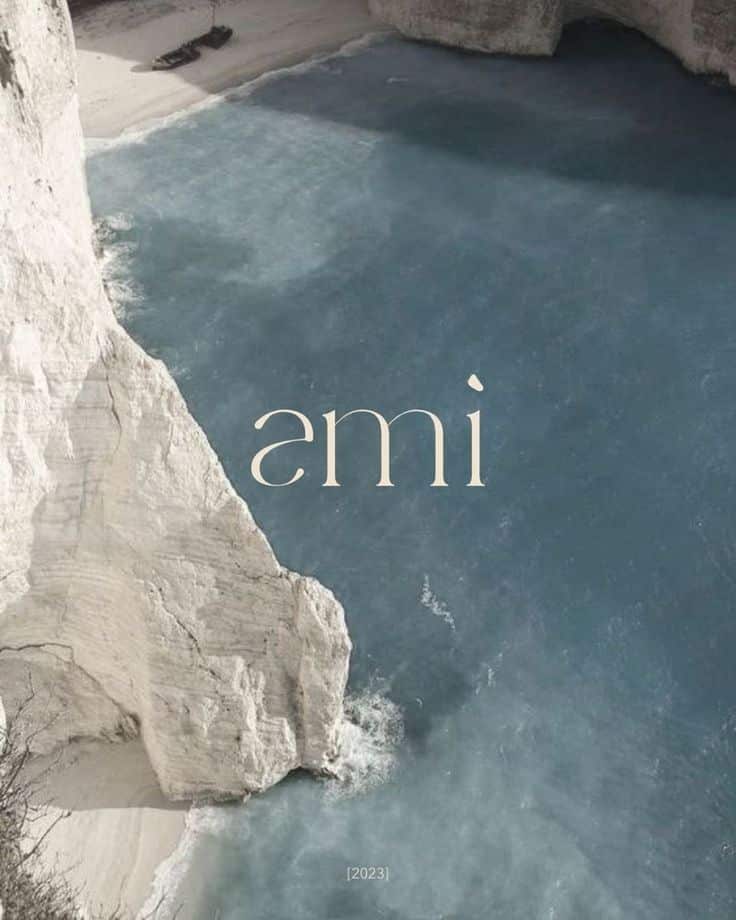
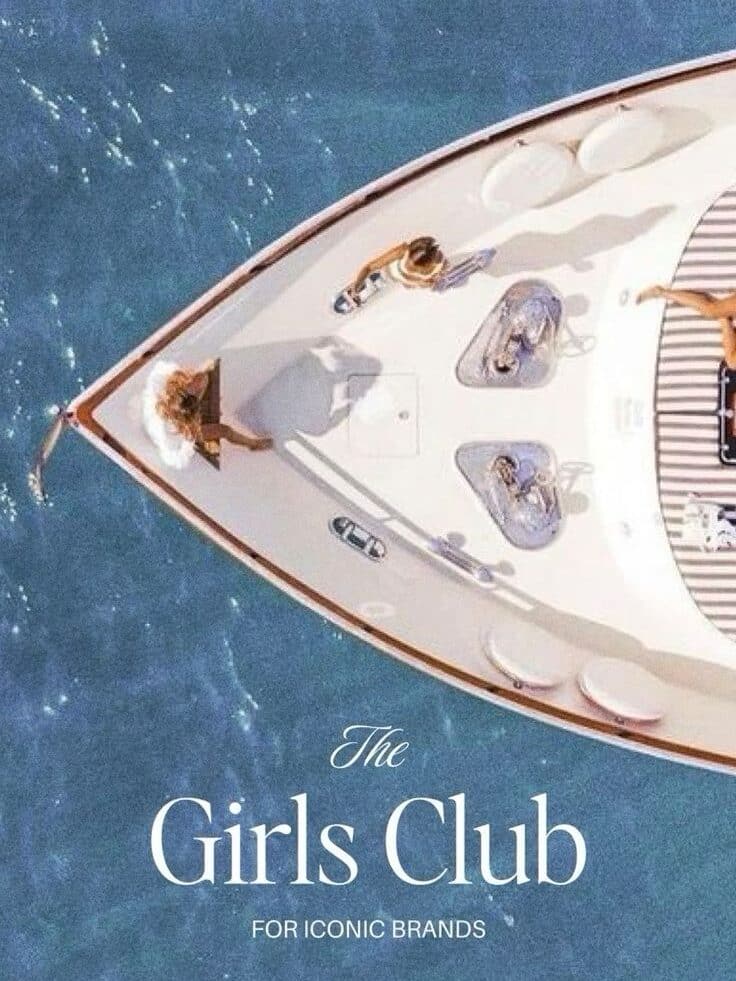
Key Elements of Fashion Logo Design
Successful fashion logos combine strategic typography choices, meaningful color palettes, symbolic elements, and scalable design principles. These components work together to create memorable brand identities that resonate with target audiences across multiple platforms.
Typography and Font Choices
Typography serves as the foundation of your fashion logo design. Serif fonts convey luxury, tradition, and sophistication, making them popular choices for high-end fashion brands like Dior and Prada.
Sans-serif fonts project modernity and minimalism. They work well for contemporary fashion brands targeting younger demographics or those emphasizing clean, streamlined aesthetics.
Script fonts add elegance and femininity to logos. These work particularly well for jewelry logos and women’s fashion brands, though they can become difficult to read at smaller sizes.
Custom lettering provides complete brand uniqueness. Many luxury fashion houses invest in bespoke typography that becomes instantly recognizable and impossible to replicate.
Font weight impacts perception significantly. Bold fonts suggest strength and confidence, while lighter weights communicate delicacy and refinement.
Your typography choice should reflect your brand’s personality. A streetwear brand requires different fonts than a luxury jewelry logo or professional clothing logo.
Logo Colors and Their Meaning
Logo colors directly influence consumer perception and brand recognition. Black communicates luxury, sophistication, and timelessness, explaining its prevalence in high-end fashion branding.
White suggests purity, minimalism, and modern elegance. It creates strong contrast and works effectively across various backgrounds and applications.
Gold and metallic tones convey premium quality and exclusivity. These colors work particularly well for jewelry logos and luxury accessories.
Pink appeals to feminine markets and younger demographics. It’s commonly used in beauty-related fashion, including eyelash logos and cosmetic accessories.
Blue represents trust, reliability, and professionalism. Navy blue specifically suggests premium quality without the formality of black.
Red creates urgency and passion. It demands attention but should be used strategically to avoid overwhelming your design.
Color psychology varies across cultures. Consider your target market’s cultural associations when selecting your palette.
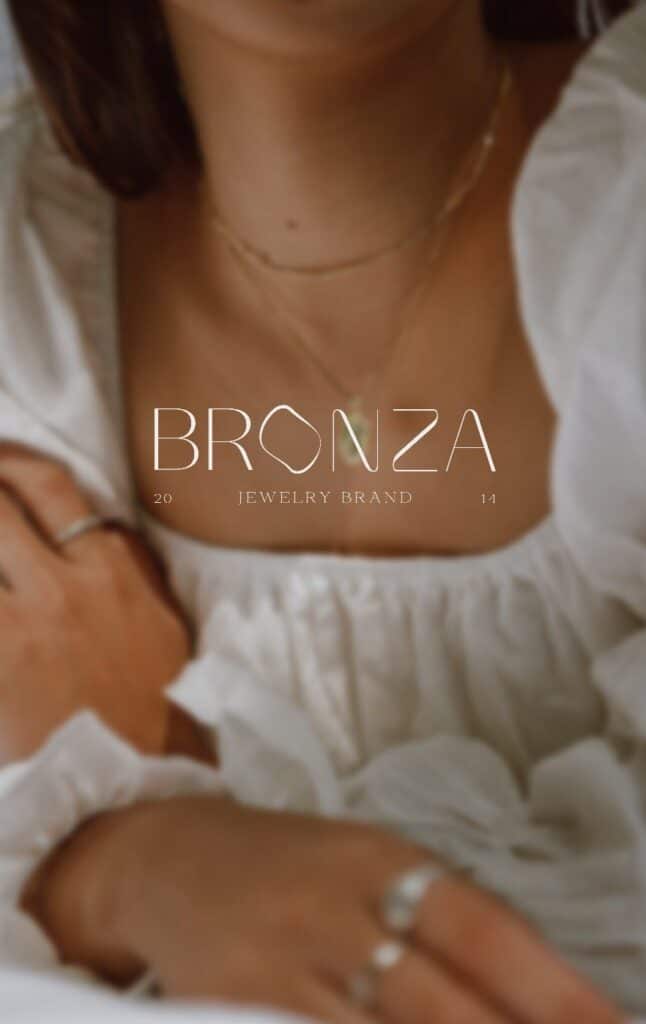
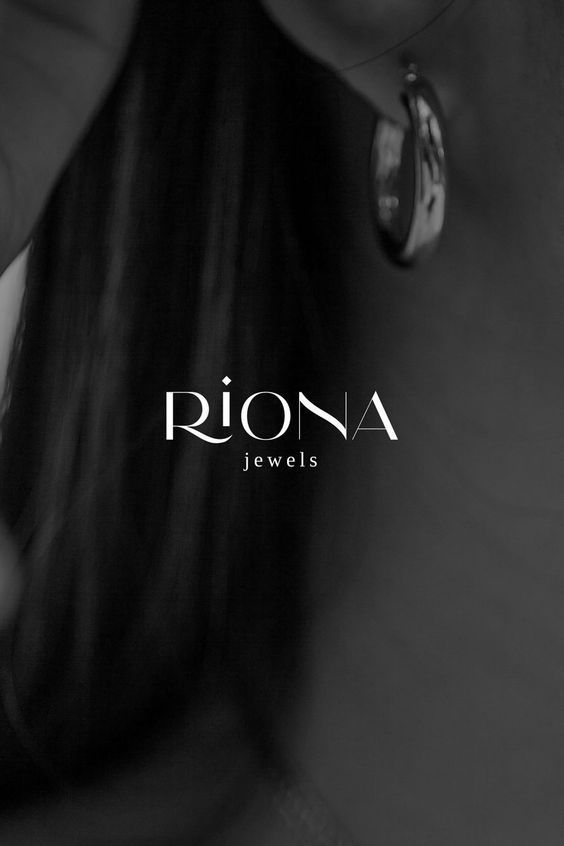
Symbols and Icons in Fashion Logos
Symbols create instant brand recognition and emotional connections. Geometric shapes suggest modernity and structure, while organic forms communicate natural beauty and flow.
Fashion-specific icons include hangers, needles, scissors, and fabric swatches. These work well for clothing logos but can appear too literal for luxury brands.
Abstract symbols offer versatility and sophistication. They allow brands to create unique meanings while maintaining visual appeal across different contexts.
Monograms and initials provide timeless elegance. Many successful fashion brands built their identities around stylized letter combinations.
Crown symbols suggest luxury and exclusivity. They’re particularly effective for premium fashion and jewelry logos.
Fashion silhouettes work well for specific niches. Dress forms, shoes, or accessories can immediately communicate your brand’s focus area.
Layout and Scalability Considerations
Your logo must function across multiple sizes and applications. Test your design at thumbnail size to ensure essential elements remain visible and recognizable.
Horizontal layouts work well for website headers and business cards. Vertical arrangements suit social media profiles and logo files for mobile applications.
Stacked layouts provide flexibility for square formats. This arrangement works effectively for Instagram profiles and app icons.
Create multiple logo variations for different contexts. Include full logos, simplified versions, and icon-only alternatives in your logo files.
Consider negative space carefully. Well-planned white space enhances readability and creates visual breathing room.
Your logo should reproduce clearly in single colors. This ensures cost-effective printing and maintains brand consistency across all materials.
Plan for various backgrounds by testing your logo on light, dark, and colored surfaces. This preparation prevents visibility issues during implementation.
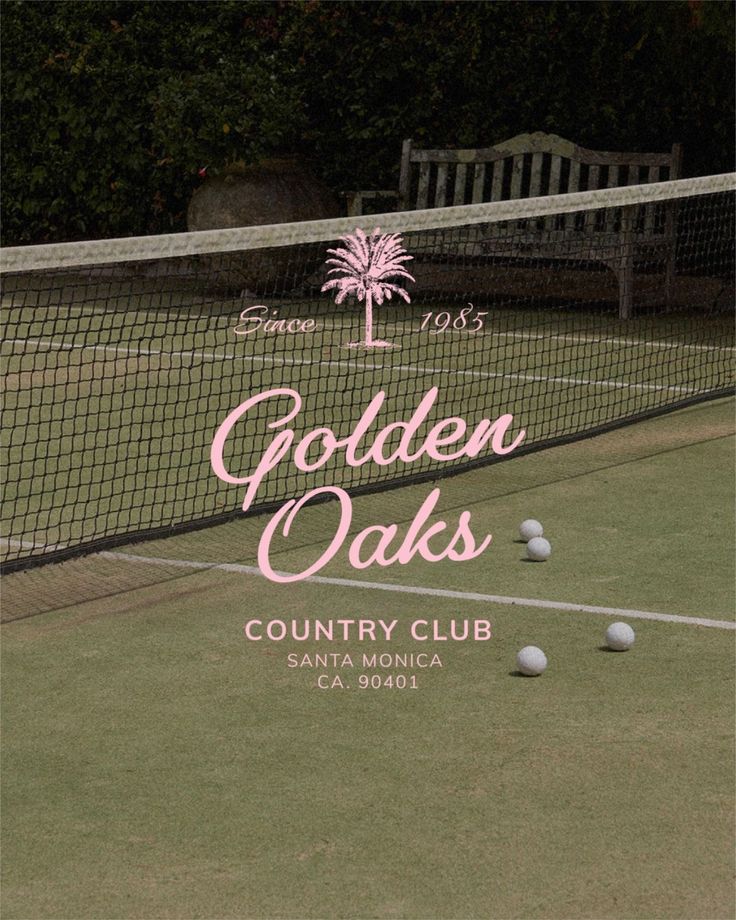
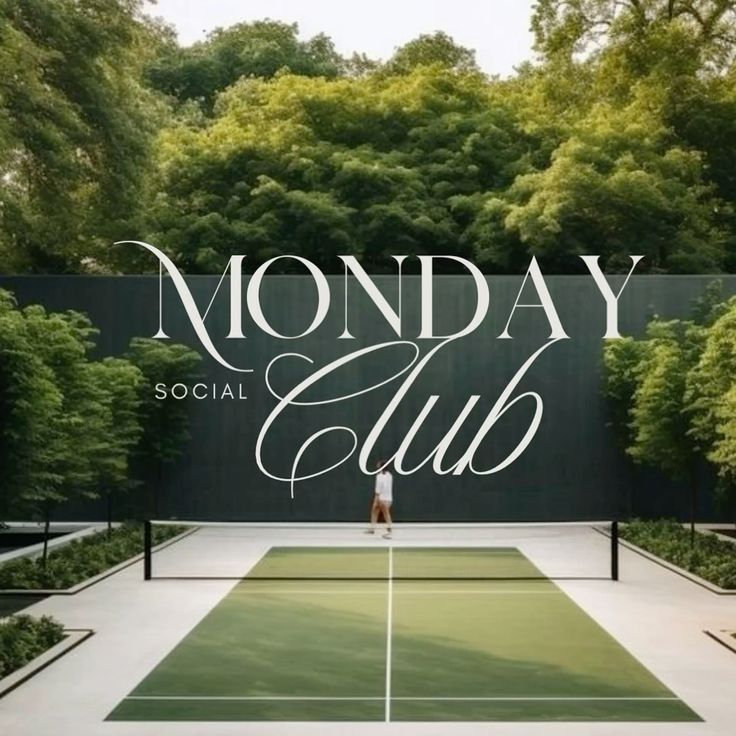
Fashion Logo Ideas for Different Businesses
Different fashion businesses require distinct logo approaches to connect with their target audiences. Boutiques need intimate, personal branding while clothing brands focus on memorable symbols, and beauty businesses emphasize elegance and sophistication.
Boutique Logo Inspirations
Your boutique logo should reflect the personal shopping experience you provide. Script fonts work well for women’s boutiques, creating an elegant and approachable feel. Consider incorporating fashion elements like hangers, dress silhouettes, or shopping bags into your design.
Color choices matter significantly for boutiques:
- Soft pastels for feminine appeal
- Black and gold for luxury positioning
- Earth tones for bohemian or natural styles
Your boutique logo needs versatility across storefront signage, business cards, and social media. Simple designs with clean lines ensure readability at any size.
Typography-based logos often work best for boutiques. Your business name becomes the focal point, with subtle styling elements that suggest your fashion niche. This approach builds brand recognition while maintaining sophistication.
Clothing Brand Logo Concepts
Clothing logos must work across multiple applications from garment labels to marketing materials. Your clothing logo should be instantly recognizable and scalable for different uses.
Popular clothing logo styles include:
- Monogram designs using initials
- Wordmarks with custom typography
- Symbol-based logos with fashion icons
- Combination marks blending text and symbols
Your clothing logo needs to reflect your brand’s personality. Streetwear brands often use bold, urban-inspired designs. High-end fashion requires minimal, sophisticated approaches.
Consider how your logo appears on different fabric types and colors. Simple designs with strong contrast work best for embroidery and screen printing. Your logo should remain legible when scaled down for clothing tags.
Beauty and Jewelry Logo Themes
Beauty logos emphasize elegance and femininity through refined design elements. Your beauty logo should convey quality and sophistication to attract discerning customers.
Key elements for beauty logos:
- Delicate script fonts
- Floral or organic shapes
- Metallic color palettes
- Minimalist geometric forms
Jewelry logos require exceptional attention to detail. Your jewelry logo should suggest craftsmanship and luxury through precise typography and refined symbols. Gold, silver, and rose gold colors work particularly well.
For eyelash logos specifically:
- Incorporate lash silhouettes
- Use feminine color schemes
- Choose elegant script fonts
- Keep designs simple and memorable
Your beauty or jewelry logo must photograph well for social media marketing. High contrast designs ensure your brand stands out in Instagram feeds and online marketplaces.
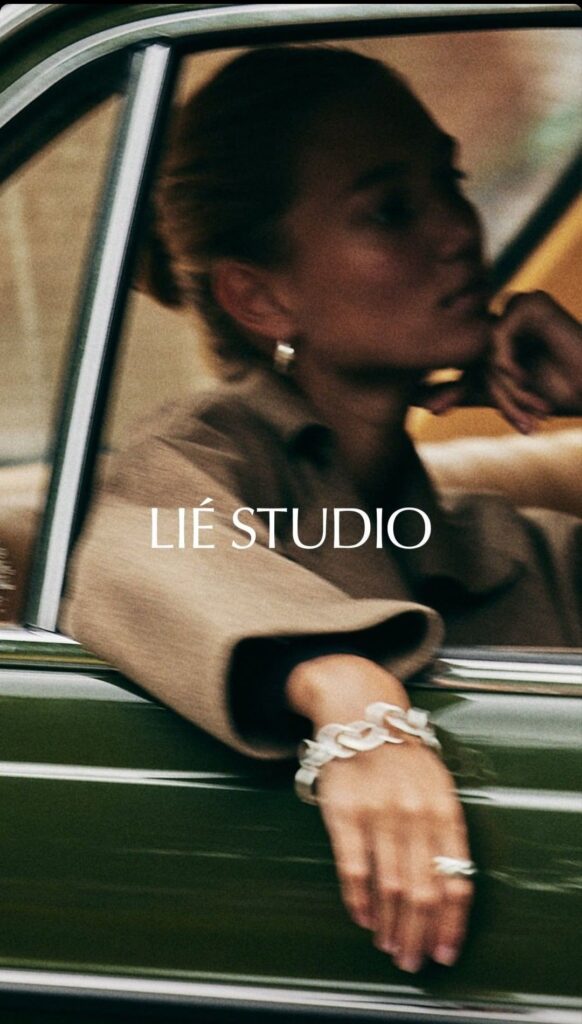
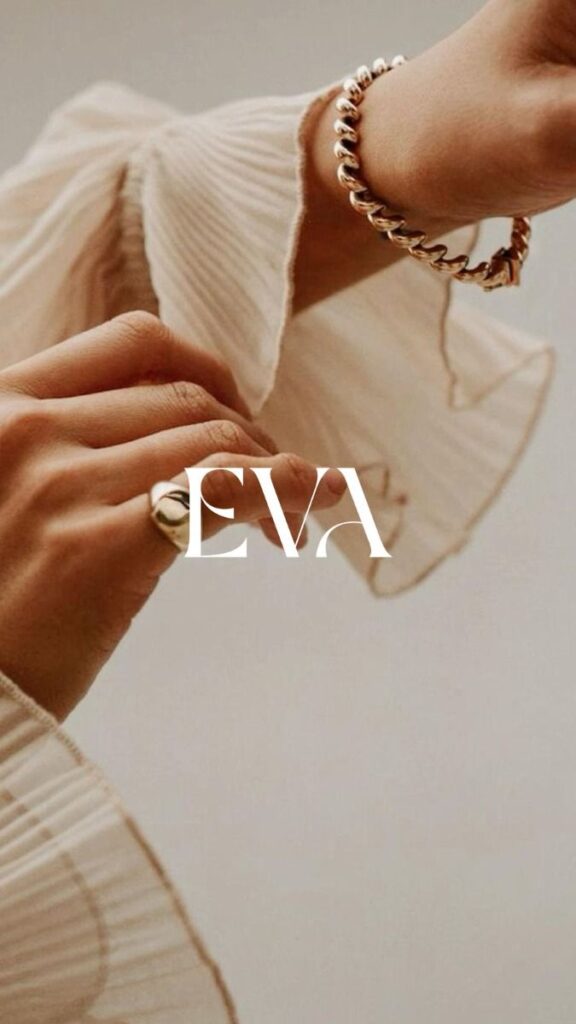
How to Create a Fashion Logo
Creating a fashion logo requires choosing between automated design tools and custom design processes. Both approaches offer distinct advantages for establishing your brand identity through strategic design elements.
Using a Fashion Logo Maker
Online fashion logo makers provide accessible tools for creating professional logos without design experience. These platforms offer thousands of clothing logo design templates, icons, and color combinations specifically tailored for fashion brands.
You can browse through pre-designed elements that match your brand style, whether you’re targeting streetwear, sports apparel, or formal clothing. Most logo makers include fashion-specific symbols and typography options.
Key features to look for:
- Template variety: Extensive collections of fashion-focused designs
- Customization options: Ability to modify colors, fonts, and symbols
- Free downloads: Access to basic logo files for immediate use
- User-friendly interface: Drag-and-drop functionality for easy editing
Popular platforms like Canva, Icons8, and specialized fashion logo makers offer step-by-step guidance. You can create your fashion logo by selecting templates, customizing colors to match your brand palette, and adjusting typography to reflect your style.
Custom Logo Design Process
Custom logo design provides complete control over your fashion brand’s visual identity. This process involves working with professional designers or developing design skills to create original logos from scratch.
The custom design process begins with brand research and concept development. You define your target audience, brand values, and competitive positioning before creating initial sketches.
Design development stages:
- Concept sketching: Hand-drawn ideas and rough layouts
- Digital refinement: Vector-based logo creation using design software
- Color exploration: Testing different color schemes and combinations
- Typography selection: Choosing fonts that complement your brand style
Custom logos offer unlimited creative possibilities and ensure your design stands apart from competitors. You can incorporate unique elements specific to your fashion niche and create scalable designs that work across all applications.
Tips for Creating a Memorable Logo
Memorable fashion logos combine simplicity with distinctive visual elements that communicate your brand’s essence. Focus on creating designs that remain recognizable when scaled down for social media or enlarged for storefront signage.
Essential design principles:
- Simplicity: Clean designs that work at any size
- Relevance: Visual elements that connect to fashion and your specific niche
- Versatility: Logos that function in color and black-and-white formats
- Timelessness: Designs that won’t look outdated in five years
Choose typography that reflects your brand personality, whether modern sans-serif fonts for contemporary brands or elegant serif fonts for luxury fashion. Your color palette should align with your target market and product category.
Test your logo across different contexts, including business cards, website headers, and product tags. A successful fashion logo maintains its impact and readability regardless of application size or background color.
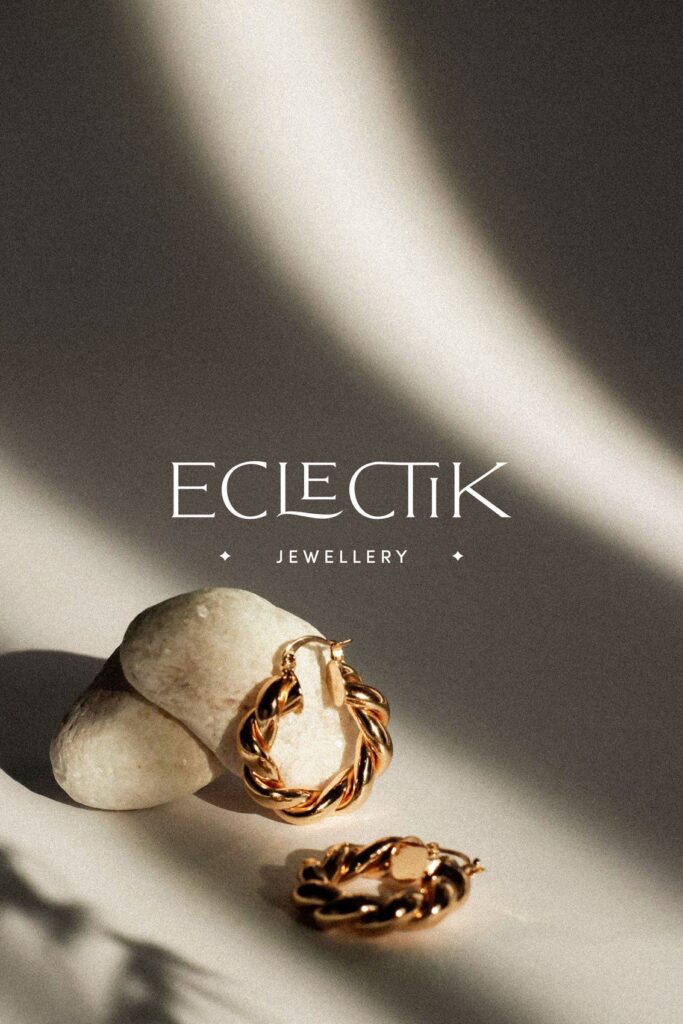
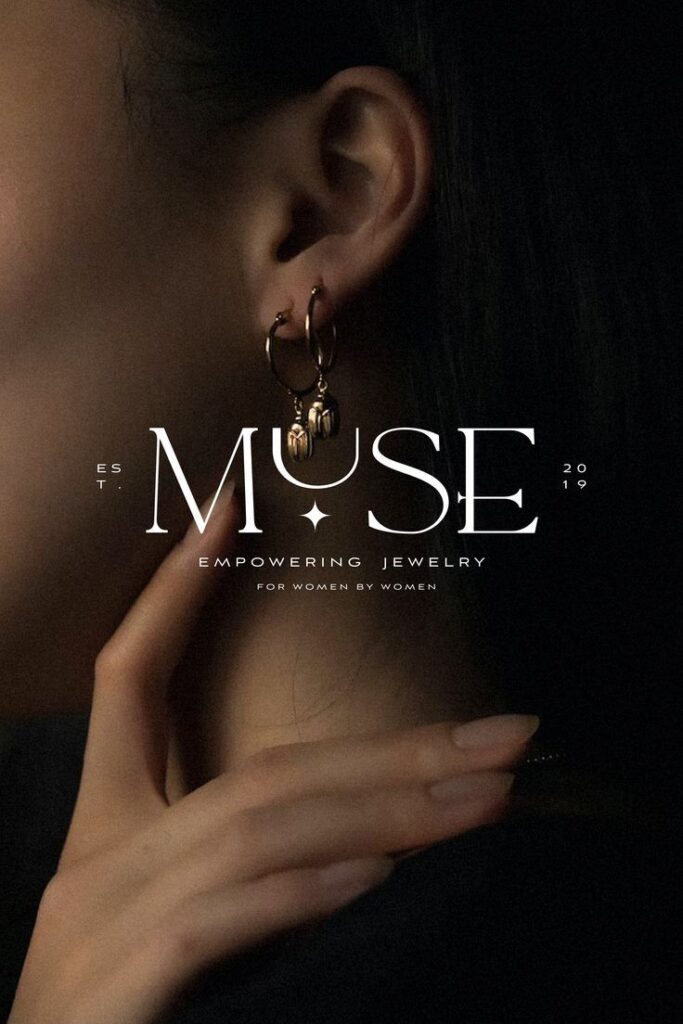
Branding and Implementation in the Fashion Industry
Fashion businesses must implement their logos strategically across all touchpoints to build brand recognition and maintain consistency. The technical aspects of logo files and product application determine how effectively your brand identity translates into customer recognition.
Applying Your Logo to Products and Packaging
Your logo placement on products requires careful consideration of size, positioning, and manufacturing constraints. For clothing items, logos work best on chest areas, sleeves, or as subtle tags that don’t interfere with the garment’s design.
Packaging presents multiple branding opportunities. Place your logo prominently on shopping bags, hang tags, and tissue paper. Consider embossed or foil-stamped logos for premium brands to create tactile experiences.
Product labels need logos that remain legible at small sizes. Test your logo at various scales before committing to manufacturing. Simple, bold designs translate better to tiny care labels than complex graphics.
Key placement areas:
- Garment chest or sleeve
- Hang tags and care labels
- Shopping bags and boxes
- Tissue paper and stickers
File Formats and Logo Files for Fashion Brands
Fashion brands need multiple logo file formats for different applications. Vector files work best for manufacturing and large-scale printing, while raster files suit digital marketing and web use.
Essential file formats:
- EPS/AI: Vector files for embroidery and screen printing
- PNG: Web use with transparent backgrounds
- JPG: Digital marketing on colored backgrounds
- SVG: Scalable web graphics
Your logo files should include color variations, black and white versions, and horizontal/vertical layouts. Create a brand guidelines document that specifies minimum sizes, clear space requirements, and approved color codes.
Manufacturers often require specific file formats for different production methods. Embroidery needs simplified vector files, while heat transfer printing accepts more detailed designs.
Building Brand Recognition Through Your Logo
Consistent logo application across all touchpoints builds customer recognition over time. Your fashion brand gains strength when customers can identify your products from logo placement alone.
Social media platforms require adapted logo versions for profile pictures and cover images. Create square and rectangular versions that maintain readability at small sizes.
Retail displays benefit from oversized logo applications that catch attention from a distance. Consider illuminated or three-dimensional versions for flagship stores and trade shows.
Recognition strategies:
- Maintain consistent sizing ratios
- Use the same logo placement across product lines
- Apply logos to all customer touchpoints
- Create memorable logo animations for digital content
Your logo’s effectiveness depends on repeated exposure through multiple channels. Fashion businesses that apply their logos consistently across products, packaging, and marketing materials build stronger brand recall than those with inconsistent implementation.
- 593shares
- Facebook0
- Pinterest590
- Twitter3
- Reddit0








